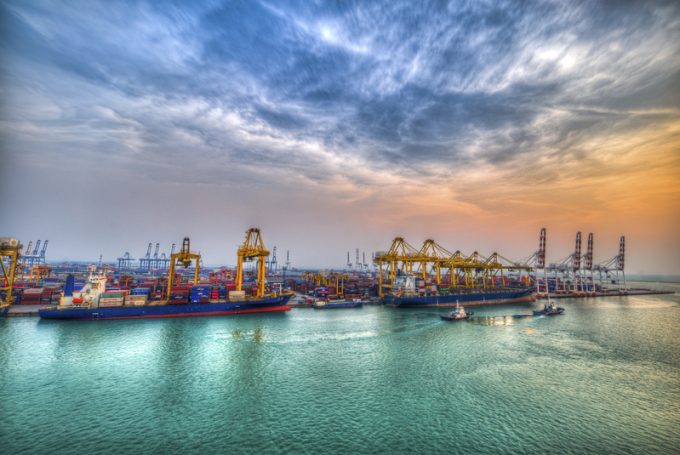Gemini schedule reliability falls below 90% target for the first time
The Gemini Alliance has dropped below its targeted 90% reliability for the first time since ...

The increasing ability of Asia’s secondary ports to handle some of the largest box ships is leading container lines to increase direct port calls in the region.
According to the latest Loadstar LongRead, On the cusp of change, published today, “Japanese container line ONE has drawn up plans to add fifth weekly direct call at Vietnam in May – and it will be the first to access the northern part of the country, directly linking it into the deepsea transpacific trade.
In ...
'Disastrous' DSV-Schenker merger would 'disrupt European haulage market'
New senior management for DSV as it readies for DB Schenker takeover
Volumes set to 'fall off a cliff' as US firms hit the brakes on sourcing and bookings
Asian exporters scramble for ships and boxes to beat 90-day tariff pause
Amazon pushes into LTL for small package fulfilment and UPS does a u-turn
Temporary tariff relief brings on early transpacific peak season
Pre-tariff rush of goods from US to China sees air rates soar, but not for long
Forwarders 'allowing the fox into the chicken run' by supporting 'hungry' carriers

Comment on this article